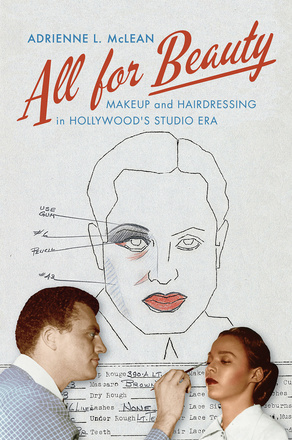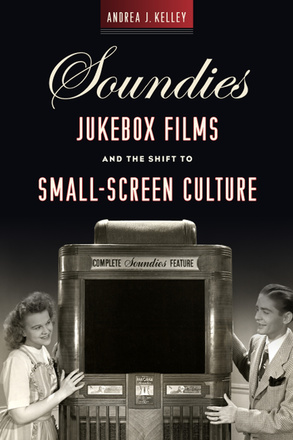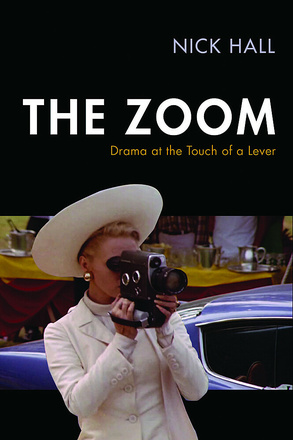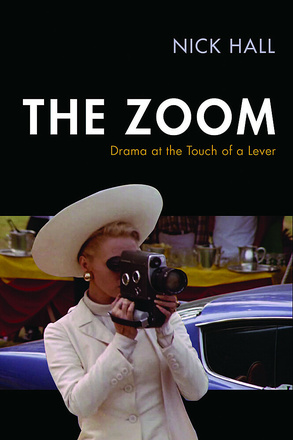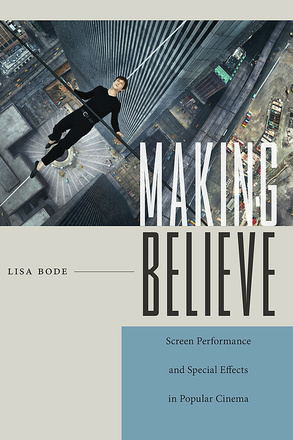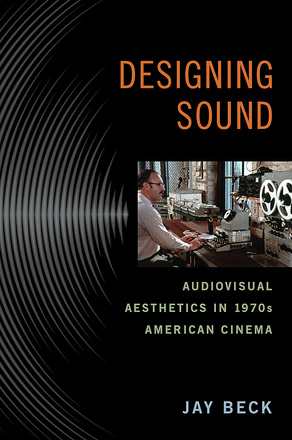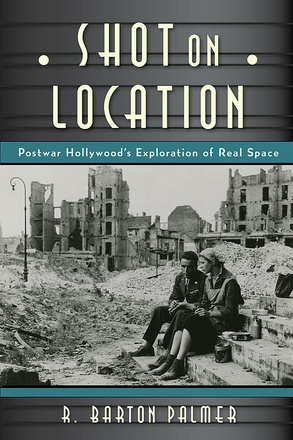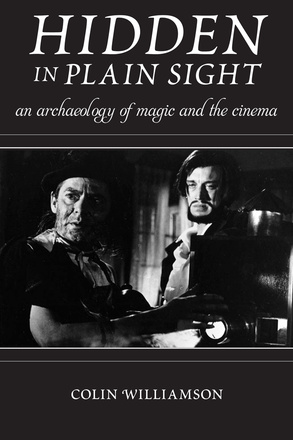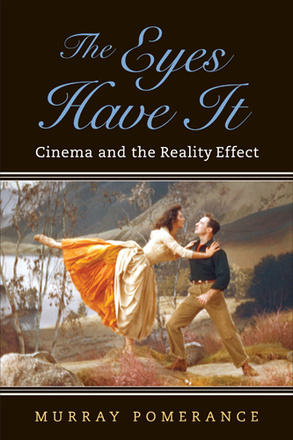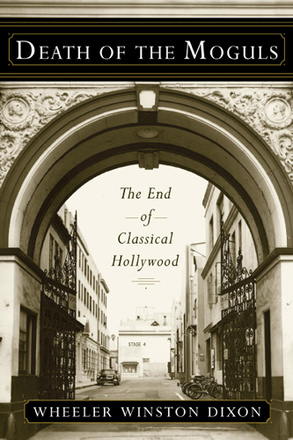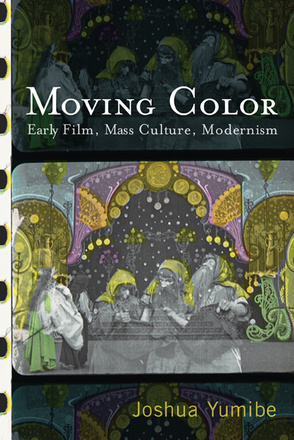Film Noir and the Arts of Lighting
- Copyright year: 2024
Playful Frames
Styles of Widescreen Cinema
- Copyright year: 2024
All for Beauty
Makeup and Hairdressing in Hollywood's Studio Era
- Copyright year: 2022
Soundies Jukebox Films and the Shift to Small-Screen Culture
- Copyright year: 2018
The Zoom
Drama at the Touch of a Lever
- Copyright year: 2018
The Zoom
Drama at the Touch of a Lever
- Copyright year: 2018
Making Believe
Screen Performance and Special Effects in Popular Cinema
- Copyright year: 2017
Designing Sound
Audiovisual Aesthetics in 1970s American Cinema
- Copyright year: 2016
Shot on Location
Postwar American Cinema and the Exploration of Real Place
- Copyright year: 2016
Hidden in Plain Sight
An Archaeology of Magic and the Cinema
- Copyright year: 2015
The Eyes Have It
Cinema and the Reality Effect
The Eyes Have It explores those rarified screen moments when viewers are confronted by sights that seem at once impossible and present, artificial and stimulating, illusory and definitive. Murray Pomerance takes readers on an illuminating filmic journey through a vast array of cinematic moments, technical methods, and laborious collaborations from the 1930s to the 2000s to show how the viewer’s experience of “reality” is put in context and willfully engaged.
Death of the Moguls
The End of Classical Hollywood
Death of the Moguls is a detailed assessment of the last days of the “rulers of film” from Hollywood’s classical era. Using rare, behind-the-scenes stills, Wheeler Winston Dixon details such game-changing factors as the de Havilland decision, the Consent Decree, how the moguls dealt with their collapsing empires in the era of television, and the end of the conventional studio assembly line to create a compelling narrative of the end of the studio system at each of the Hollywood majors.
Moving Color
Early Film, Mass Culture, Modernism
Moving Color is the first book-length study of the beginnings of color cinema. It traces the legacy of color history from the beginning of the nineteenth century to the cinema of the early twentieth century and explores the implications of this genealogy on experimental and contemporary digital cinemas.
- Copyright year: 2012

